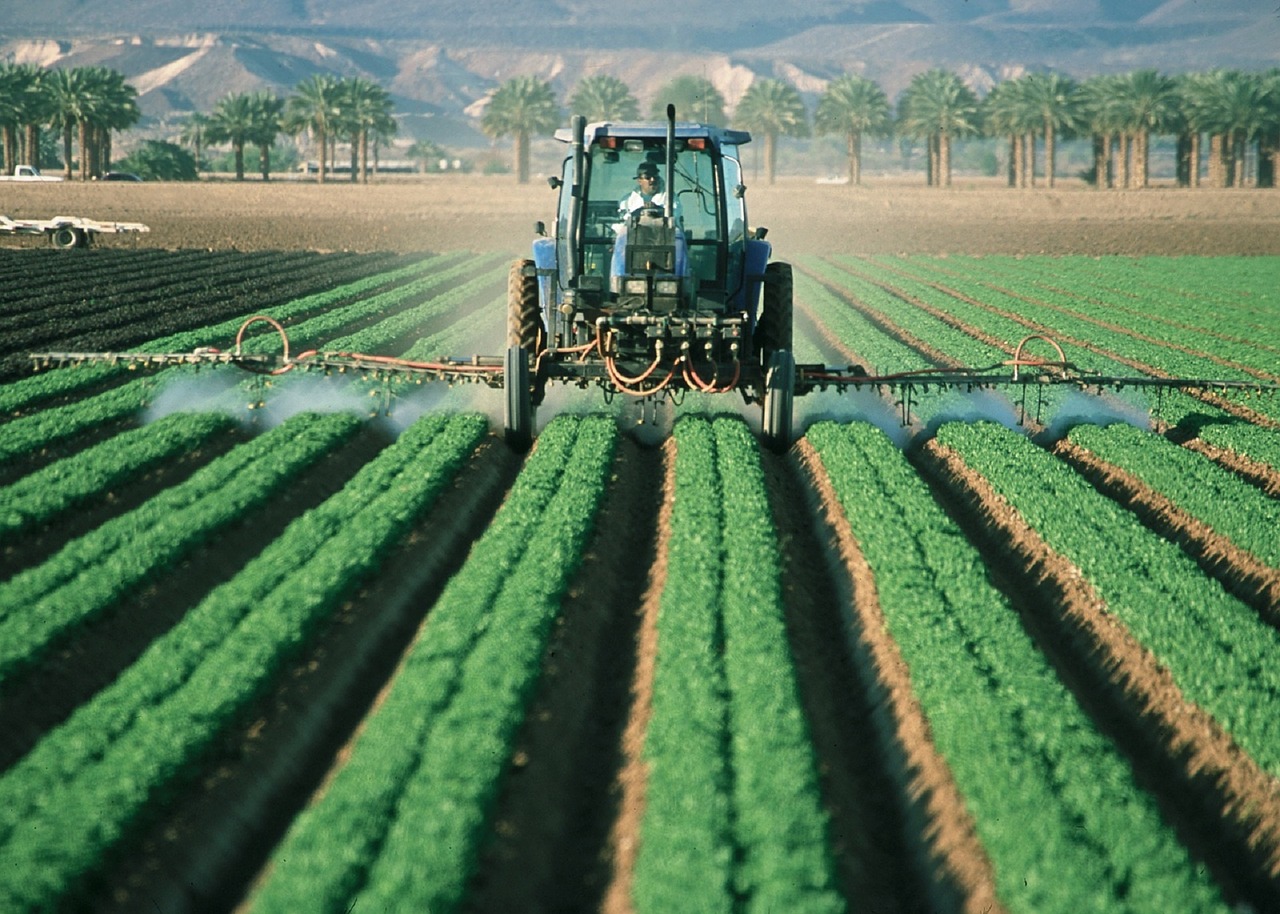
Fertilizers are an essential component of productive agricultural systems, yet the efficiency of fertilizer use is low, with losses to the atmosphere and to waters causing environmental concern. In addition, fertilizer nutrients may undergo reactions with soil components, rendering them much less available to plants, so that nutrients may accumulate in soil, leading to inefficiencies of use as well as concerns about erosion washing soil into surface waters or the ocean.
Improving fertilizer use efficiency is, therefore, a global goal, and new engineering approaches are needed to design more effective nutrient delivery to crops and minimize harmful losses to the environment. Recent strategies to address this problem are based on designing slow-release fertilizers using porous materials or polymer-coating of conventional fertilizers, which have seen some success but are severely limited by cost. Graphene-based nanomaterials may offer a possible pathway to the development of more effective fertilizers.
Graphene is a single-atom-thick, two-dimensional (2D) layer of sp2–hybridized carbon arranged in six-membered rings. Since its discovery in 2004, graphene has been seen as a rapidly rising “miracle” material and has sparked tremendous interest in materials science and in biological applications because of its extraordinary physicochemical and structural properties, including ultra-high surface area, electrical and thermal conductivity, high elasticity and mechanical strength, and rapid heterogeneous electron transfer.
The advantages of graphene-based materials for fertilizer applications are their extremely high surface area to volume ratio, high loading capability, a small size rendering them potentially mobile through soil pores, and tailored surface functionalization to have various surface properties (zeta potential, hydrophilicity, etc.). Hence these materials offer an alternative mode for delivering nutrients to plants and improving soil fertility. Graphene is recognized as a biocompatible material and hence has attracted considerable biomedical research for the development of novel biosensors, nanocarriers for drug and gene delivery, tissue engineering, cell imaging and cancer therapy. The surface area of graphene (>2500 m2 g-1) is superior to any other material, making this material very attractive for drug delivery applications and potentially to applications in agriculture.
A collaborative research program at the University of Adelaide between the Fertilizer Technology Research Centre and the ARC Hub for Graphene-Enabled Industry Transformation has developed novel macro- and micronutrient fertilizers based on graphene-based materials (Kabiri et al. 2017, 2018; Andelkovic et al. 2018). For cationic micronutrients, graphene oxide is manufactured which has a high net negative surface charge, which can retain large loadings of micronutrients such as copper (Cu) and zinc (Zn). For phosphorus, which exists as the negatively charged phosphate anion, the surface of the graphene oxide is first functionalized with iron (Fe), which again provides a large surface area for phosphate binding. The release of these nutrients from the material is slower than for conventional soluble fertilizers and matches plant demand better, demonstrated by better nutrient uptake by plants fertilized using the graphene-based materials.
A further interesting finding has been the increase in the physical quality of granular fertilizers with the inclusion of graphene-based materials – fertilizer granules are subject to degradation and attrition during manufacturing, transport, distribution and application and the inclusion of small additions of graphene or graphene oxide markedly improved their resistance to degradation (Kabiri et al. 2018).
The research team has patented the technology for fertilizer use and is currently negotiating a license with a major fertilizer manufacturer. Further research is underway by the team to further explore the use of graphene-based materials in fertilizers industry in several areas including carriers for delivery of micronutrients, a coating of conventional fertilizers to improve their mechanical properties and release, to improve soil conditioning and remediation, use graphene as an antimicrobial agent and so on.
This work was conducted by Md J. Nine, Shervin Kabiri, Tran Thanh Tung, Diana N. H. Tran, and Dusan Losic from the University of Adelaide.
These findings are described in several recently published articles from the University of Adelaide research team listed below.
Resources:
- Kabiri, S.; Degryse, F.; Tran, D. N. H.; da Silva, R. C.; McLaughlin, M. J.; Losic, D., Graphene oxide: A new carrier for slow release of plant micronutrients. ACS Applied Materials and Interfaces 2017,9, (49), 43325-43335.
- Andelkovic, I. B.; Kabiri, S.; Tavakkoli, E.; Kirby, J. K.; McLaughlin, M. J.; Losic, D., Graphene oxide-Fe(III) composite containing phosphate – A novel slow release fertilizer for improved agriculture management. Journal of Cleaner Production 2018, 185, 97-104.
- Kabiri, S.; Baird, R.; Tran, D. N. H.; Andelkovic, I.; McLaughlin, M. J.; Losic, D., Cogranulation of low rates of graphene and graphene oxide with macronutrient fertilizers remarkably improves their physical properties. ACS Sustainable Chemistry and Engineering 2018, 6, (1), 1299-1309.
- Md J.Nine, S. Kabiri. T. T. Tung, D. N.H.Tran, D. Losic,









